Common Materials For HVAC Fittings
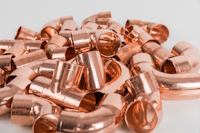
Figure 1: Copper fittings are common in HVAC systems
For several reasons, understanding the different materials used to create fittings for HVAC (heating, ventilation, and air conditioning) systems is crucial. Each material, whether brass, stainless steel, or rubber, has distinct properties that influence the system's efficiency, durability, and overall performance. These materials can control the system's ability to withstand varying temperatures, resist corrosion, dampen vibrations, and even reduce noise. Therefore, having a thorough knowledge of these materials can guide more effective design and installation decisions, resulting in HVAC systems that are more robust, efficient, and long-lasting.
There are various materials used in the construction of HVAC fittings. These materials, selected for their unique properties, play a crucial role in HVAC systems' overall performance and efficiency. From the robustness of steel and stainless steel to the flexibility of rubber and PVC, each material brings its strengths to different parts of the HVAC system. Understanding these common materials can help make informed decisions when selecting fittings for specific HVAC applications.
Steel HVAC fittings
Steel is a commonly used material in HVAC fittings due to its strength, durability, and resistance to temperature changes. It is used in large ductwork and piping systems that require robustness. Galvanized steel, in particular, is popular because its zinc coating provides an extra layer of protection against corrosion in humid or damp environments. Steel is suitable for large-scale commercial or industrial HVAC installations. It is ideal for flanges, reducers, and elbows in ductwork systems. Steel fittings are not suitable for high-moisture environments such as coastal or underground.
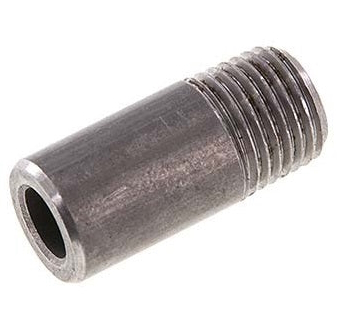
Figure 2: A steel pipe nipple
Copper HVAC fittings
Copper fittings for HVAC have excellent heat transfer properties, corrosion resistance, and flexibility. Also, because they are lightweight, copper HVAC fittings are relatively easier to install than other materials. Copper fittings are couplings, elbows, and tees in refrigerant lines. Similar to steel, copper fittings are typically not used directly underground.
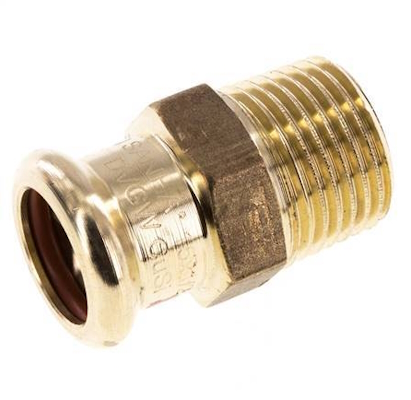
Figure 3: A copper press fitting
Aluminum HVAC fittings
Aluminum is a common material for HVAC fittings because it is lightweight, resistant to corrosion, and has good heat conduction. It is used in applications such as duct connectors, collars, and register boxes. Aluminum fittings are not suitable for constantly moist environments and high-pressure applications.
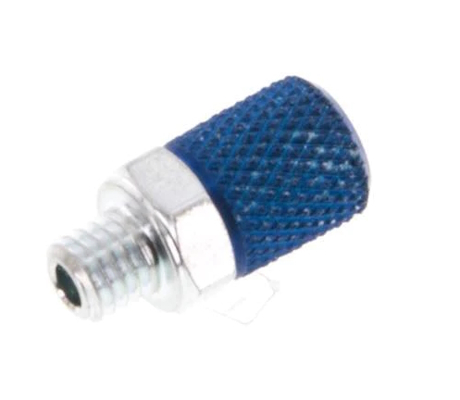
Figure 4: An aluminum push-on fitting
PVC HVAC fittings
PVC is widely used for HVAC fittings in applications requiring moisture and corrosion resistance. Primarily, PVC HVAC fittings are used for condensate drain lines, such as traps, elbows, and tees. Its resistance to rust and other forms of deterioration makes it ideal for these applications. The inherent properties of PVC make it excellent for carrying away the water that condenses out of the air during the cooling process. PVC fittings are not suitable for high-temperature applications or fire prone areas.
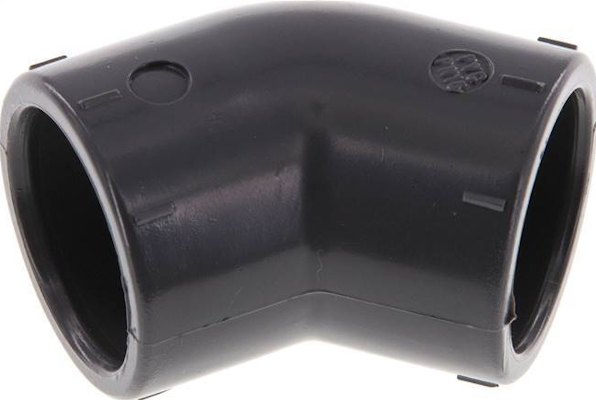
Figure 5: A PVC elbow fitting
Brass HVAC fittings
HVAC brass fittings are used in HVAC systems due to their strength, durability, and resistance to corrosion. They are often used in areas where a tight seal is critical, such as valve and pipe fittings, valve fittings, and pipe connections. Brass's ability to withstand varying temperatures makes it ideal for hot water or steam applications.
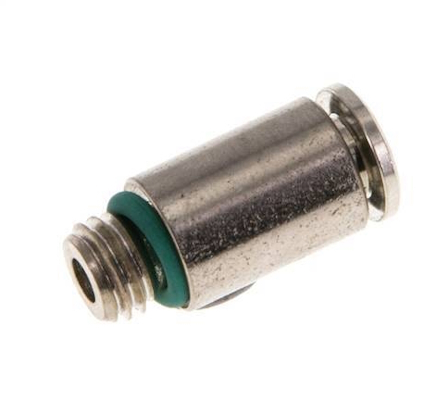
Figure 6: A brass push-in fitting
Rubber HVAC fittings
Although not as common as metal fittings, rubber fittings are used in HVAC systems due to their flexibility and vibration-dampening properties. Rubber fittings can be used to connect sections of ductwork, providing a tight seal and reducing noise. Specifically, rubber is used to construct flexible duct connectors, which are essential in minimizing vibration and noise between the air handling unit and the ductwork. Rubber fittings are not suitable for high-temperature and ozone exposed environments.
Stainless steel HVAC fittings
In humid or corrosive environments, stainless steel is a good choice for HVAC fittings. Its excellent corrosion resistance and strength make it suitable for more demanding applications. This material can be used to create fittings such as flanges, brackets, and support structures in HVAC systems. It is particularly useful in settings like hospitals or food processing plants where hygiene is critical, further highlighting stainless steel's adaptability to rigorous applications.
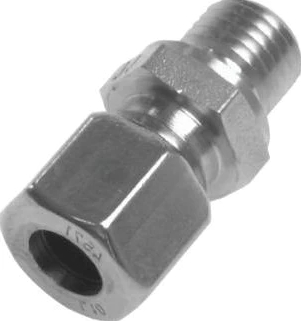
Figure 7: A stainless steel cutting ring fitting



